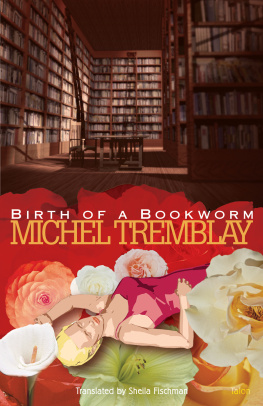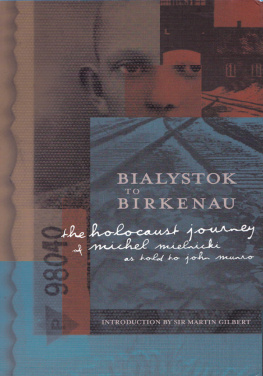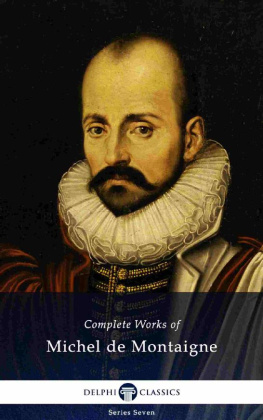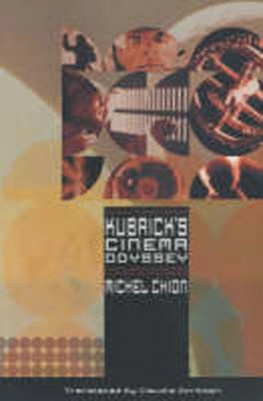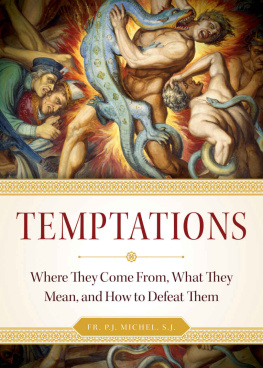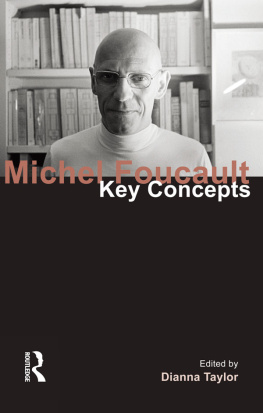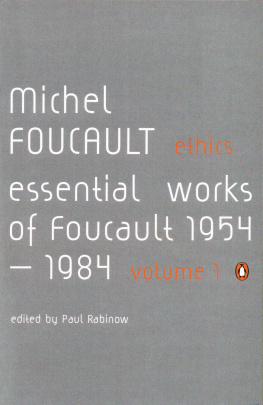Chion Michel - Words on Screen
Here you can read online Chion Michel - Words on Screen full text of the book (entire story) in english for free. Download pdf and epub, get meaning, cover and reviews about this ebook. year: 2017, publisher: Columbia University Press, genre: Detective and thriller. Description of the work, (preface) as well as reviews are available. Best literature library LitArk.com created for fans of good reading and offers a wide selection of genres:
Romance novel
Science fiction
Adventure
Detective
Science
History
Home and family
Prose
Art
Politics
Computer
Non-fiction
Religion
Business
Children
Humor
Choose a favorite category and find really read worthwhile books. Enjoy immersion in the world of imagination, feel the emotions of the characters or learn something new for yourself, make an fascinating discovery.

- Book:Words on Screen
- Author:
- Publisher:Columbia University Press
- Genre:
- Year:2017
- Rating:3 / 5
- Favourites:Add to favourites
- Your mark:
- 60
- 1
- 2
- 3
- 4
- 5
Words on Screen: summary, description and annotation
We offer to read an annotation, description, summary or preface (depends on what the author of the book "Words on Screen" wrote himself). If you haven't found the necessary information about the book — write in the comments, we will try to find it.
Words on Screen — read online for free the complete book (whole text) full work
Below is the text of the book, divided by pages. System saving the place of the last page read, allows you to conveniently read the book "Words on Screen" online for free, without having to search again every time where you left off. Put a bookmark, and you can go to the page where you finished reading at any time.
Font size:
Interval:
Bookmark:
Words on Screen
Film and Culture
A Series of Columbia University Press
Edited by John Belton
For the list of titles in this series, see pages .
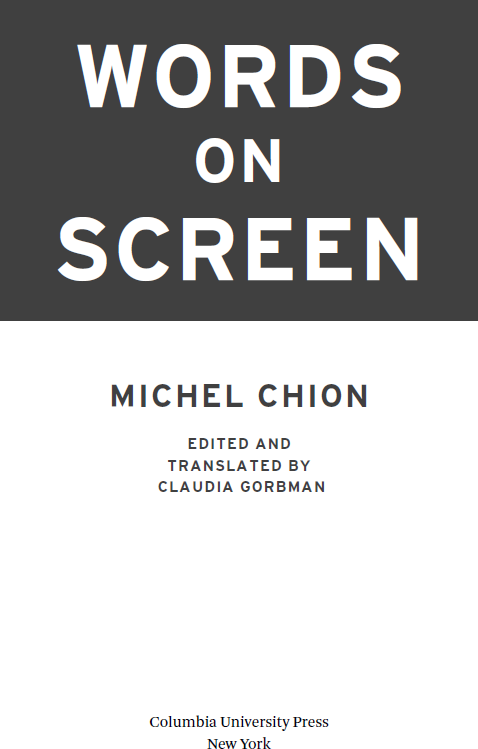

Columbia University Press
Publishers Since 1893
New York Chichester, West Sussex
cup.columbia.edu
Lcrit au cinma 2013 Armand Colin
ARMAND COLIN is a trademark of DUNOD diteur
5 rue Laromiguire74005 PARIS
English translation 2017 Columbia University Press
Cet ouvrage a bnfici du soutien des Programmes daide la publication de lInstitut Franais.
This work, published as part of a program of aid for publication, received support from the Institut Franais.
All rights reserved
Library of Congress Cataloging-in-Publication Data
Names: Chion, Michel, 1947- author. | Gorbman, Claudia editor translator.
Title: Words on screen / Michel Chion ; edited and translated by Claudia Gorbman.
Other titles: crit au cinma. English
Description: New York : Columbia University Press, 2017. | Includes bibliographical references and index.
Identifiers: LCCN 2016014672 | ISBN 978-0-231-17498-5 (cloth : alk. paper) | ISBN 978-0-231-17499-2 (pbk. : alk. paper) | ISBN 978-0-231-54345-3 (e-book)
Subjects: LCSH: Writing in motion pictures. | Motion picturesTitling. | Motion picturesAesthetics.
Classification: LCC PN1995.3 .C455 2017 | DDC 791.4302/4dc23
LC record available at https://lccn.loc.gov/2016014672
A Columbia University Press E-book.
CUP would be pleased to hear about your reading experience with this e-book at cup-ebook@columbia.edu.
Cover design: Jordan Wannemacher
Contents
The frame stills provided in the of this book may not be entirely faithful to their original appearance in films. Often the images original aspect ratio has had to be changed; contrast may vary, and of course, the color has been drained from the original color films. In many instances I have reframed an image to zero in on an area that contains writing and exaggerated contrast and brightness to make words more readable.
Throughout the text bold parenthetical reference numbers guide readers to the relevant images.
In Stanley and Iris (Martin Ritt, 1989) the illiterate cook (Robert De Niro) whom Iris (Jane Fonda) has just taught to read is delighted that he can decode everything he sees, from street names to the Bible.... This book similarly deals with everything written and printed in films. While working on it, I tried to become a child again, hungry to read even the labels on water bottles. Nothing is too humble or negligible here.
I have been asked, Words on screen, whats that about? and each time Ive answered: everything the movie screen has offered us to read since the seventh art was born. This includes titles, of course, and intertitles and other subtitles; but it also means the letters written and read by characters, telegrams, text messages, words scrawled on windows or printed on visiting cards and hotel signs, banners, posters, traffic and street signs; words on computer screens, and all that is traced in air, on snow and in sand, on metal or wood, not to mention paper, as well as across the sky and on human skin.
Does this make for a book topic? I certainly believe it does. I have begun with the simplest approach: an inventory. A generous research grant in 2011 and 2012 from the Internationales Kolleg fr Kultur-technikforschung und Medienphilosophie (IKKM) in Weimar, where I stayed for several months, gave me the luxury of time to watch or rewatch about nine hundred films, and to capture thousands of images from them, only a modest number of which appear in this book. For each example shown or discussed here, twenty others could have been supplied.
Once upon a time there was writing, as told by movies: its birth, the way it stands out against the continuum of the world, from which it is separate (what I call excription).
Once upon a time there was cinema, which tells itself via the role it gives to the written, by including writing without managing to integrate it, seeking to represent itself as an autonomous art form, presenting itself as writing by consuming the written.
These two symmetrical ideas sometimes meet and fuse, and the encounter yields a form of poetry.
This work, then, is a poetic sketch of a vast topic about which you could imagine a much more significant book made up of a vast fresco of five or six thousand frame images.
I ask the reader not to lose patience with the enumerative aspect of the first three chapters. My aim is to show rather than demonstrate and, if possible, to embrace the entire range of cinema (except for gaps in non-Western cinemas) in exploring this theme.
The subject did not come to me by accident. My first book on film, The Voice in Cinema (La Voix au cinma, 1982), devoted considerable attention to two films that already accord great importance to written text: Langs Testament of Dr. Mabuse and Welless Citizen Kane. Logically, I arrived at the idea for this book when the IKKM (which I can never thank enough for having entrusted this research to me) offered to host me for a semester.
I certainly do not claim to be the first to take on the subject of words on screen. The writings of Bla Balzs, Marie-Claire Ropars-Wuilleumier, Tom Conley, Joachim Paech, Wolfgang Beilenhoff, Christian Metz, Michel Marie, and others taught me a great deal. I simply wished to try taking a more comprehensive approach.
My warmest thanks go to the IKKM, especially to its directors, Lorenz Engell and Bernhard Siegert, but also to its members Michael Cuntz, Anne Ortner, Wolfgang Beilenhoff, Wolfram Nitsch, Andr Wendler, and Falk Ritter, as well as the team at 47 CranachstrasseKristina Hellmann, Ulrike Engelbert, Anke Trojan, Oliver Tege, and other fellows including Thomas Levin, Jrg Dnne, Weihong Bao, and Mary Ann Doane. Those days spent in Weimar, a city so marked by history and culture, linger as warm and invigorating memories.
I thank Michel Marie, who welcomed this book into his excellent series in France, for his reading, encouragement, and suggestions. And for our discussions and the information they supplied I am indebted to Silvia Angrisani, Jrme Bloch, Jacques and Anne-Marie Chion, Kos-tia Milhakiev, Geoffroy Montel, and Jacques Wajnapel, who opened up so many paths to me; Frank Aidan, for his encouragement, and of course Anne-Marie Marsaguet-Chion, who supported me through all its stages and whose piano playing accompanied numerous hours of writing.
Finally, I am most grateful to Jennifer Crewe and Columbia University Press for having selected this book for publication in English following other works of mine; and of course my sincere thanks go to Claudia Gorbman, whose precise translation work and consistently pertinent and vigilant queries helped make it even more worthy of presentation to a larger public.
Cinema might be defined in essence as an art of figuratively, dramatically, and expressively combining sounds and images in motion. But it is much more complicated because language, too, plays a big parteven if cinema only adopted language in the beginning (in the silent era) as a kind of foreign body and seemed to marginalize it by relegating it to intertitles (for that matter, silent films could get along passably without it).
This is why, in Audio-vision (1990), I spoke of audio-logo-vision. Indeed, that which divides writing and speech has nothing to do with what differentiates sound from image.
Next pageFont size:
Interval:
Bookmark:
Similar books «Words on Screen»
Look at similar books to Words on Screen. We have selected literature similar in name and meaning in the hope of providing readers with more options to find new, interesting, not yet read works.
Discussion, reviews of the book Words on Screen and just readers' own opinions. Leave your comments, write what you think about the work, its meaning or the main characters. Specify what exactly you liked and what you didn't like, and why you think so.

